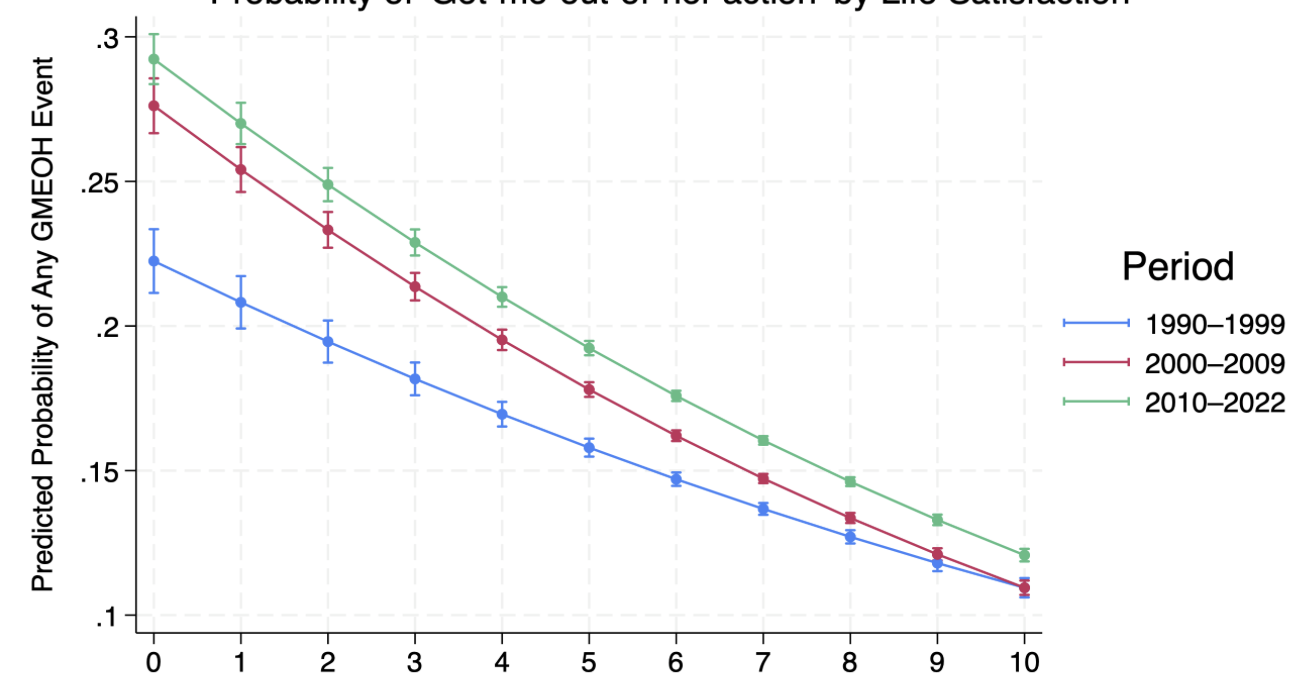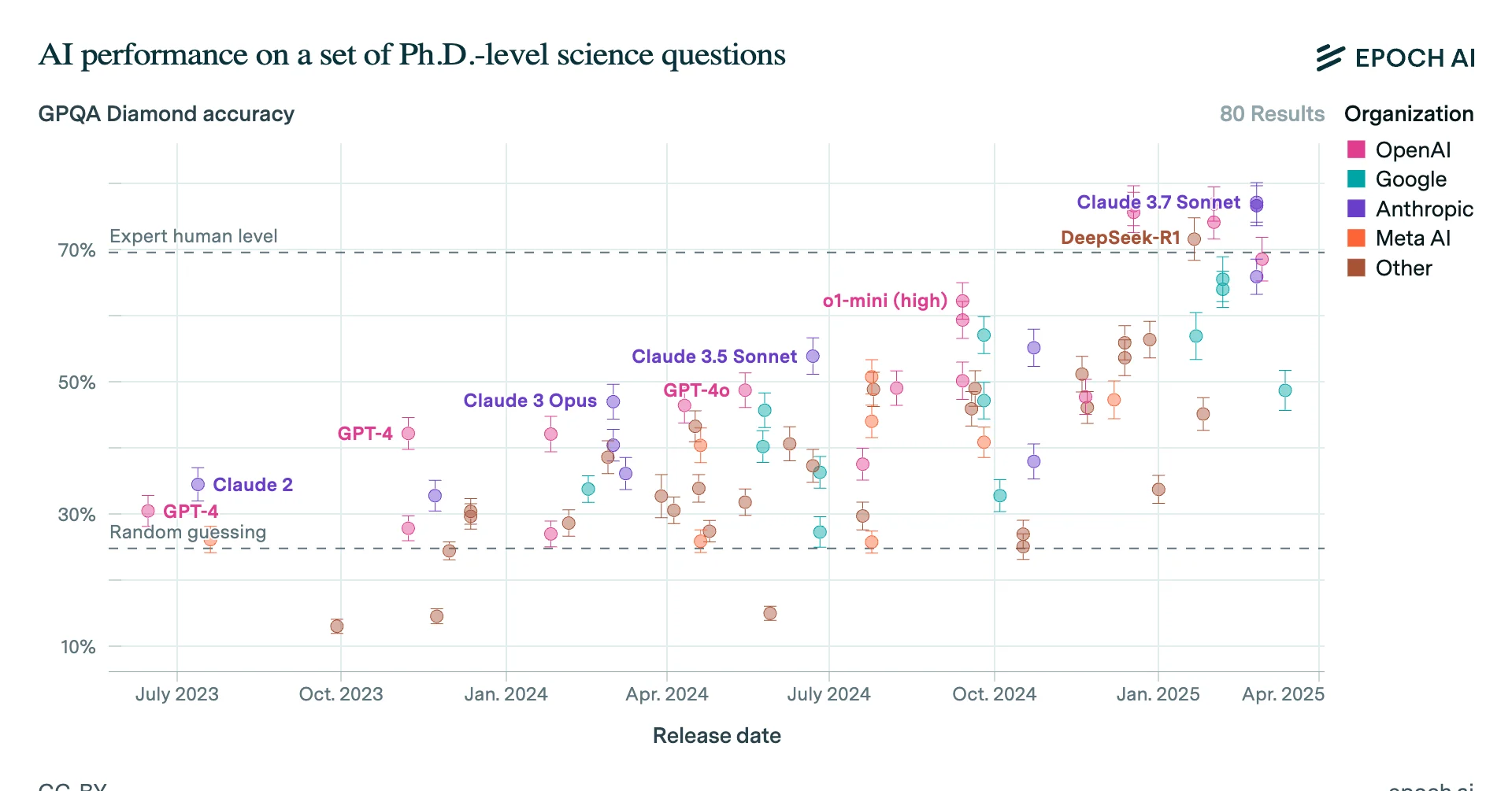Word of mouth has been the most common avenue through which people first hear about Effective Altruism (EA) and get involved with the community (Effective Altruism Survey 2020). Big tent EA may be important, particularly now. And, a significantly higher percentage of non-male respondents to the survey indicated personal contacts or local groups to be important for their getting involved in EA. Furthermore, a key lesson from social movement history is that public opinion, and the opinion of certain groups such as policy makers, matter.
Street outreach is where volunteers chat to passers-by about a topic, in this case, about effective altruism. For example, organisers could sit-in a public place with an attention grabber such as a cardboard sign reading “not all charities are equal’’. That is the headline for the Life You Can Save website's landing page. They collect metrics of interest outlined and follow the Giving What We Can guide to talking about effective altruism.
At least one EA group, EA Melbourne, appears to have tried street outreach on at least one occasion - at this event. I would be interested in hearing about that experience and others. Anecdotes (such as this) about in person outreach on university campus outreach specifically, are underwhelming. In fact, in 2015, The Life You Can Save (TLYCS) trialled pamphleting university campus attendees. The result was less cost-effective than their online advertising programme. Even a doubling of the rate would not have produced a per-visitor cost on par with TLYCS’s online advertising efforts. Therefore a decision was made in the wake of the pilot to discontinue the program.
However, campus population may differ from populations reached by street outreach in meaningful ways. On the street, could we target engagement with demographics otherwise underengaged by the movement? Could we target places without local EA presences, or expected to have untapped EA patrons? What happens when we target financial centres, hubs for the community sector or pedestrians near political institutions?
In a pilot program, we would want to gauge the effectiveness of street outreach. The data collected would help assess the marginal cost-effectiveness of street outreach and be used to decide whether to apply for funding to scale up the program. The metrics of interest would be:
- Short term:
- Number of conversations
- Email addresses to sign up to the EA Newsletter
- Medium term:
- Spikes in internet traffic to EA web pages attributable to IP addresses in the distribution zone
- Long term:
- The counterfactual impact attributable to effective altruists who learned about from EA street outreach
I would like readers feedback on the idea of piloting street outreach campaigns. This post is not a call to action to undertake street outreach. The intuitions of those who have provided feedback so far suggests this would have unintended consequences, exposing the movement to risks that outweigh benefits.
If scaled, an advisory committee on street organising could be convened because those participating in EA street outreach would be a public face for EA and the recruitment of local networks could provide them with an outsized influence on the movement.
Street outreach could be combined with fundraising. For example, by deploying a Square reader for contactless and chip bank cards for donors to tap-and-donate to The Life You Can Save’s recommended charities. Metrics of interest for that undertaking could include the number and quantum of donations, and repeat donations.



Because this comes up when googling street outreach, as President of EA Melbourne (the EA group that ran the above-mentioned event), I'd love to tell you how it went.
Interestingly, people in the public seem open to ideas of effective altruism. However, the conversion rate is truly tiny, no one we saw on that day came to any future event. In the end, we decided that this was not a worthwhile activity.
Some interesting notes however: